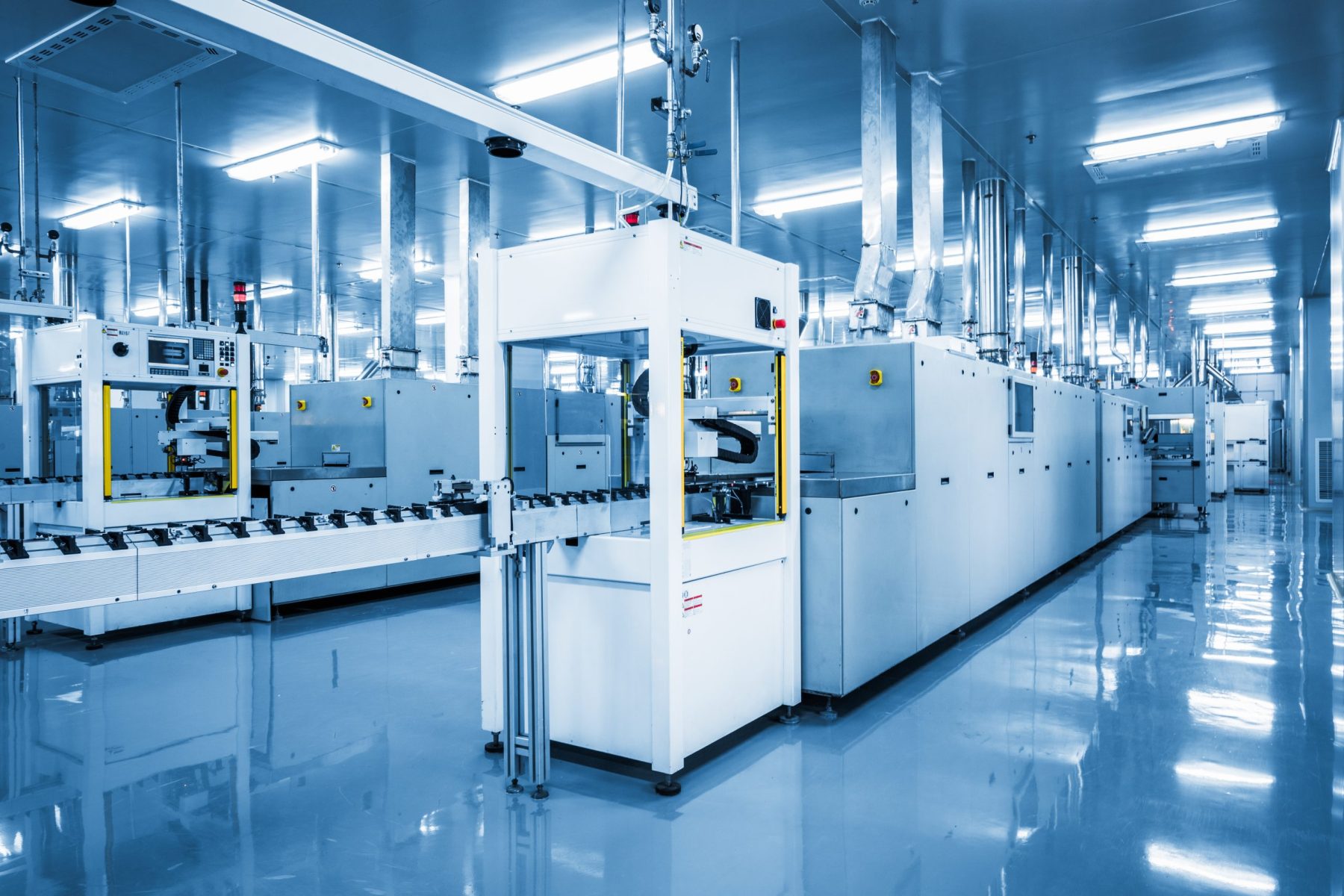We’ve entered an era where robots no longer feel spookily futuristic. Machine automation has become central to the world of modern electronics manufacturing, and there’s no doubt that it’s due to play an increasingly pivotal role in the industry’s future.
In essence, automation means replacing humans with robots. The production and assembly of parts are carried out by a machine that’s been programmed to undertake the process automatically with no need for human intervention. Automation differs slightly from artificial intelligence (AI), which relies more heavily on algorithms and smart technology instead of standard programming.
Fixed or flexible?
In general, there are two kinds of automation available: fixed or programmable.
Machines that are hardwired to conduct operations for a particular purpose are examples of fixed automation. Manufacturers will invest in these machines to perform a specific set of functions or produce just one kind of component, and the equipment isn’t designed to be reprogrammed.
In contrast, programmable automation provides more flexibility. This equipment can be coded within its capabilities to produce a range of components, with the desired function programmed in the machine’s computer memory for each new part. A key example of a programmable machine is a robotic arm, as two different manufacturers might invest in the same robot to perform entirely different actions.
An abundance of benefits
There are dozens of benefits to implementing automation in your manufacturing processes.
First and foremost, automation significantly reduces the scope for human error, particularly for automated machines bought for a fixed purpose. Robots can produce miniature, complex parts with the utmost precision and accuracy, thereby increasing the quality of the overall product.
Not only is work produced to a much higher standard, but parts are produced with exceptional efficiency. While humans can only work at a certain pace to create high-quality products, robots work with immense speed, handling components with delicacy and guaranteeing accurate assembly.
What’s more, the costs associated with deploying automated machines are dwarfed by the labour costs of employing a human workforce, meaning you can produce components of higher quality in a much more cost-effective manner. And even though they’re working for free, robots don’t require nearly as many loo breaks or time out for illness!
The implementation of automation can also improve health and safety levels, as manufacturing can be somewhat of a minefield with so many potential hazards and dangerous processes on the manufacturing floor. Reducing human involvement in procedures means injuries are far less likely to occur, and your staff won’t have to take any time off to recover.
The future is smart
The costs of implementing automation are on the decline, meaning it’s more accessible than ever for small businesses to begin automating their processes on the manufacturing floor.
Additionally, the rapid expansion of IoT and the concepts around Industry 4.0 provide the perfect backdrop for automation thanks to a focus on more intelligent processes and increased digitisation. Incorporating the capabilities of IoT into automated processes on the manufacturing floor will enable manufacturers to monitor machines, optimise systems and improve operations.
The addition of AI further boosts accuracy thanks to its ability to recognise and prevent errors or failures, making it possible for machines to understand far more nuanced and complex goals than a simple product execution. Perhaps the future of manufacturing is completely automated?
Looking for a partner to provide world-class electronics manufacturing services? Get in touch with us for more information.












